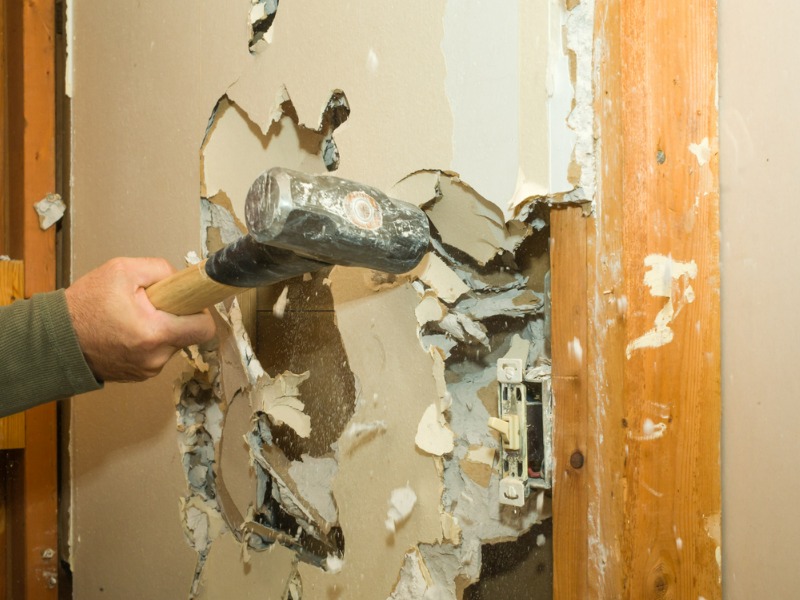Can higher lodging costs cut restoration losses?

Insurers looking to reduce home restoration claims costs should find ways to avoid tearing out walls, flooring, rugs, trim and other major construction components.
One insurer’s launched a program to do just that. The approach will lead to a “1% reduction in our loss ratio for property,” said Vance Somerton, director of claims operations, property at Gore Mutual.
The Cambridge, Ont.-based insurer’s program emphasizes repair, rather than replacement, of materials during the restoration process.
For now, focus is on damage from clean-water sources. “These are Category 1 water sources like ruptured pipes and similar losses from water with no dirt or sediment,” Somerton said.
New methods
The program breaks with past practices of keeping homeowners in place following a loss on a main level or basement.
“We would set up drying equipment [and] affect the drying over three [or] four days. At that point moisture readings will be taken and then we would elect to [if necessary] remove [damaged building] material,” said Somerton. “That’s how the industry had gone, and us as well.”
But the new procedures mean customers move out of their home immediately.
“When they experience the loss, we get the customer…into a hotel, unless they need to stay in the home for a specific reason. We provide them alternative living accommodations so that we can bring in sufficient equipment to effectively dry the home.”
Traditional approaches, which aimed at making the process less intrusive, meant firms didn’t bring in sufficient equipment to dry a house fast enough to prevent mold growth. But with the customers out of the home, insurers no longer have to worry about customers turning off the drying machinery so they can get some sleep.
“The equipment’s incredibly loud to run in a home. It’s not a pleasant experience, even if it’s in a basement and you’re trying to sleep on a main floor,” Somerton told CU. “The easiest way to keep them from shutting off the equipment is to give them somewhere else to sleep and reside for the five or six days it takes to effectively dry the home.”
The payoff happens when the clients come home.
“When they come back it’s like, ‘Oh, it’s dry, you were able to save my carpet and my drywall and my trim and everything else.’ That’s really where you get the most adoption from the customer,” said Somerton.
Cost savings
In terms of insurer costs, Somerton noted firms considering this approach must be willing to spend more upfront on living expenses to reap measurable savings later in the restoration process.
“When we look at material replacement, there are significant advantages to saving drywall, which is very costly when it comes to removal, disposal, replacement and making sure that we have all of the other trades come in behind it [painting, trim, etc.],” he said.
With clean water losses, Somerton said the pilot program saw a roughly 25% savings on materials.
“You look at five days or six days of additional living expenses [but] end up saving that on the back end because you don’t need to schedule in drywallers, tapers, painters, etc.,” he added.
Not having to tear out floors, he said, is particularly cost effective. “If we can save the floors in the home, then we’re not having [those] very difficult conversations with our policyholders about why we can’t replace all the flooring in their entire home,” he told CU.
Going forward, the firm will explore ways to expand the program to Category 2 and 3 losses that include water intrusion from rain, overland water or watermain breaks.
Feature image courtesy of iStock.com/Jens_Lambert_Photography







